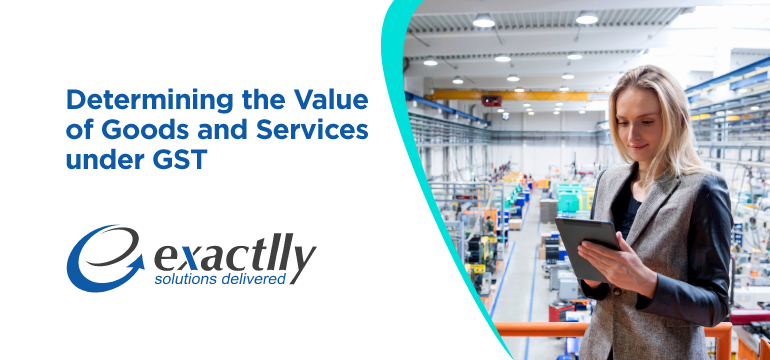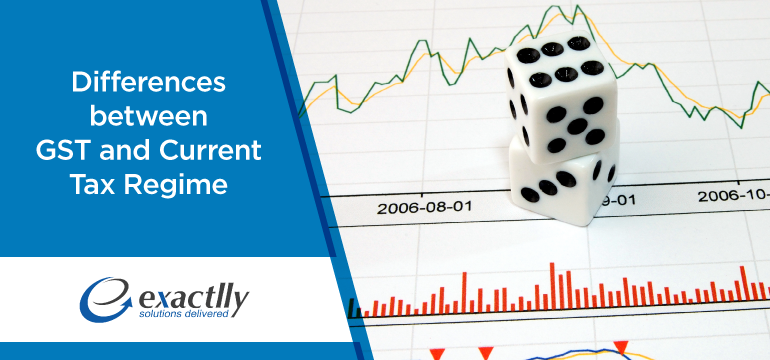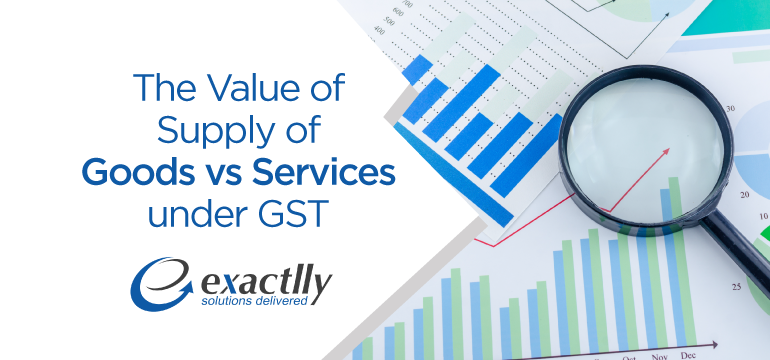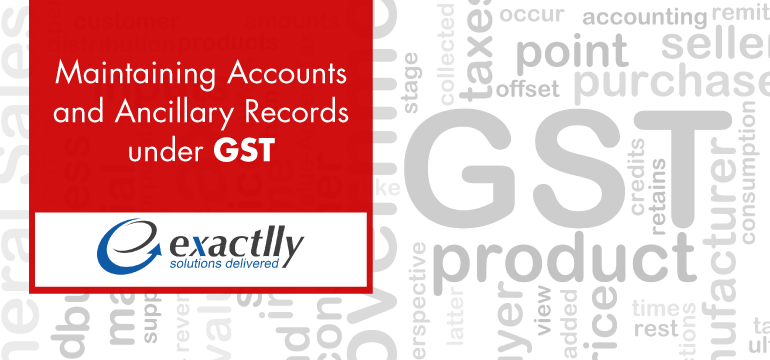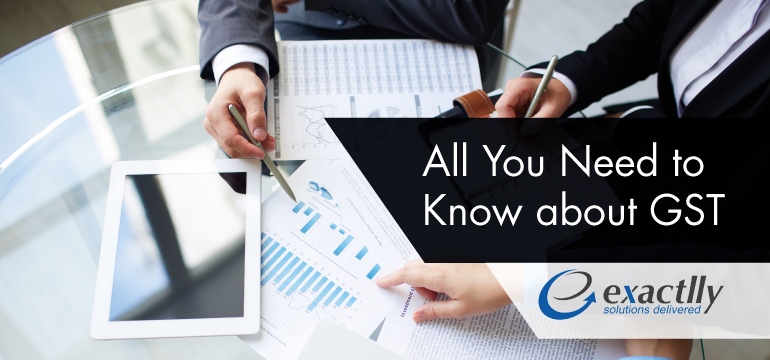Basics on Invoicing under GST Regime
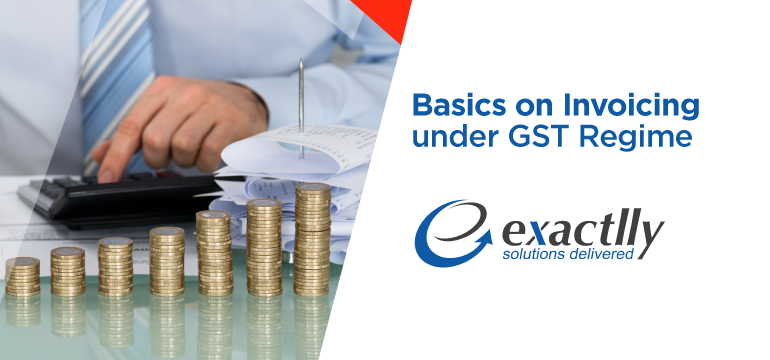
Complying with the laws related to taxes includes compliance with maintaining accounts books, invoices, records etc. Every business must be aware of invoicing, rules related thereto and know these in detail. We have provided an overview, assessing the process of invoicing under GST as against the traditional indirect tax regime.
Current indirect tax regime –
Under the indirect tax regime, there are two kinds of invoices that are issued, namely, the tax invoice and the retail or commercial invoice. We have provided a brief of the two as follows –
| Tax Invoice |
|
| Retail / Commercial Invoice |
|
GST regime –
Under the GST regime, there are two kinds of invoices that are issued, namely,the tax invoice and the bill of supply.We have provided a brief of the two as follows –
| Tax Invoice |
|
| Bill of Supply |
|
We have further clarified some queries on issues pertaining to the tax invoice such as –
| Time limit for issuance of tax invoice when the supply involves movement of goods | The tax invoice is required to be issued either before the removal of the goods or at the time of the removal of the goods. For example, if F&M Clothing, a garment manufacturer, supplies garment bundles to another dealer Lara Fashion, then the invoice must be issued when these garment bundles are being removed from the transportation van at the premises of Lara Fashion. |
| Time limit for issuance of tax invoice when the supply does not involve movement of goods | The tax invoice is required to be issued at the time of providing the supply of goods. For example, Lara Fashion purchases mannequins from F&M Clothing which will be assembled at the premises of Lara Fashion by F&M Clothing itself, then the supply does not require any movement of the mannequins / goods and thus the invoice is to be issued when the mannequins are being made available to Lara Fashion. |
| Time limit for issuance of tax invoice when services are supplied | The tax invoice is required to be issued within 30 days from the date on which the supply of the service has been provided. However, in case the supply is being provided by a bank or any financial institution, then the time limit is extended to 45 days. |
| Reverse Charge basis | A tax invoice is required to be issued on the date of receipt of the goods or services in the case of a person paying tax on reverse charge basis receives goods or services from an unregistered supplier. |
Number of copies required to be maintained for supply of goods –
It is pertinent to note that three copies of the tax invoices are required to be issued in case of supply of goods, namely, the original copy which is issue to the receiver marked as an original copy meant only for the recipient, a duplicate copy issued to the transporter transporting the goods and marked as a duplicate copy and a triplicate copy for the record of the supplier, marked as a triplicate copy.
In case of a duplicate copy, the physical copy of the invoice is only required if the supplier has not obtained an invoice reference number as explained in our earlier articles. The invoice reference number is provided by the GST portal when a supplier of a good uploads the tax invoice against a consignment and the validity period of the same is 30 days from the date of uploading the invoice.
Number of copies required to be maintained for supply of services –
It is vital to note that in the case of supply of services, only two copies of the invoices are required to be maintained, namely, the original invoice to be given to the receiver of the goods, marked as an original copy meant for the recipient and a duplicate copy to be retained by the supplier marked as a duplicate copy.
Details in a tax invoice meant for export purposes –
A tax invoice that is required for export reasons contains several details such as the following –
|
|
|
|
Revising values of invoices already generated –
For the purpose of revising a value or an amount on an invoice that has already been generated, taxable persons / suppliers may use a debit or a credit note to be issued to the recipient. We have provided a brief overview of the two as follows –
| Debit Note / Supplementary Invoice |
|
| Credit Note |
|
As an illustration, let us take F&M Clothing that sells garment bundles amounting to INR 60,000 to Lara Fashion, a registered dealer, on November 3, 2017. On November 4, 2017 garment bundles amounting to INR 10,000 were returned on account of defects by Lara Fashion to F&M Clothing. F&M Clothing thus decided to issue a credit note on this basis.
We are required to take into account the last date on which F&M Clothing is required to issue the credit note using the following logic (taking into account whichever date is earlier) –
- Either F&M Clothing files an annual return for the financial year 2017-18 on December 1, 2018 in which case the condition for ascertaining the last date of the credit note will be September 30 following the end of the financial year in which the supply was made; or
- F&M Clothing files an annual return for the financial year 2017-18 on May 31, 2018 in which case the condition for ascertaining the last date of the credit note will be May 31, 2018 following the date of filing the annual return.
Details in a debit note / supplementary invoice or acredit note –
A debit note / supplementary invoice or a credit note contains several details such as the following –
|
|
|
|
|
|
|
|



